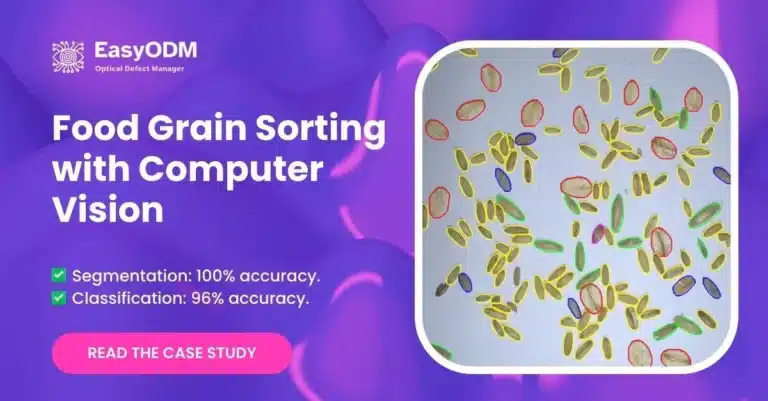Artificial intelligence or AI in agriculture is playing a pivotal role in modernizing agriculture. It offers innovative solutions that boost productivity, optimize resource use, and help farmers make data-driven decisions.
AI impacts all areas of modern farming, from predictive analytics to automated quality control. It makes farming more efficient and sustainable.
By using AI technologies, farmers can increase their yields, cut costs, and adopt eco-friendly practices. These changes are vital for the future of modern farming.

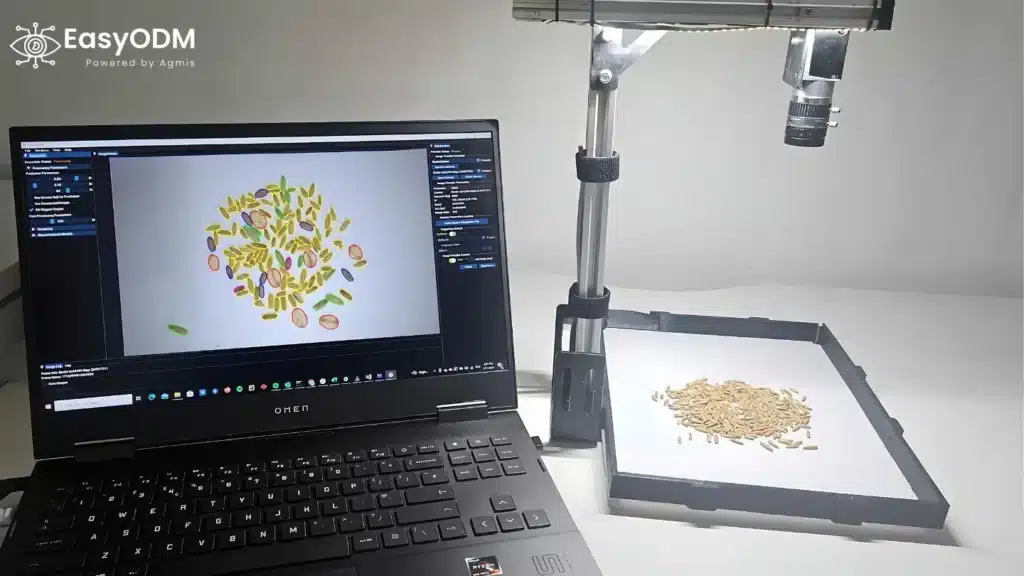
Key Takeaways:
- Market Expansion: The AI in agriculture market is growing fast. It could reach $15.4 billion by 2032, with a CAGR of 24%.
- Yield Enhancement: AI can increase crop yields by up to 20%. It does this by optimizing planting and harvesting schedules.
- Resource Efficiency: AI-driven smart farming can reduce fertilizer use by 20% and water use by 25%. This helps make farming more sustainable.
- Cost Savings: Automation through AI can cut labor costs by up to 30%.
- Environmental Impact: AI-powered precision farming can reduce the use of chemical inputs by 15%. This lowers the environmental footprint of farming.
- Plant Growth Monitoring: AI helps monitor plant growth and health. It can detect problems early and prevent crop losses.
- Optimized Data Management: AI provides real-time analytics and decision support. This improves farm management and reduces resource waste.
- Post-Harvest Sustainability: AI-driven grain quality analysis enhances sustainability after harvest.
Monitoring Plant Growth and Health with AI
AI in agriculture is changing farming. It gives farmers real-time insights and predictions. These predictions were previously unattainable
Advanced Imaging and Sensors
AI uses special cameras and Internet of Things (IoT) sensors to monitor crop health. These tools find early signs of disease, nutrient deficiencies, and water stress. Consequently, this allows farmers to act quickly and stop crop loss.
Predictive Health Analytics
AI predicts crop health issues before they show up. This helps farmers fix problems early. It reduces the risk of crop failure and helps increase yields.
Yield Forecasting
AI looks at past data and current conditions to forecast crop yields. These predictions help farmers plan better and use resources wisely. In turn, this leads to more productivity.
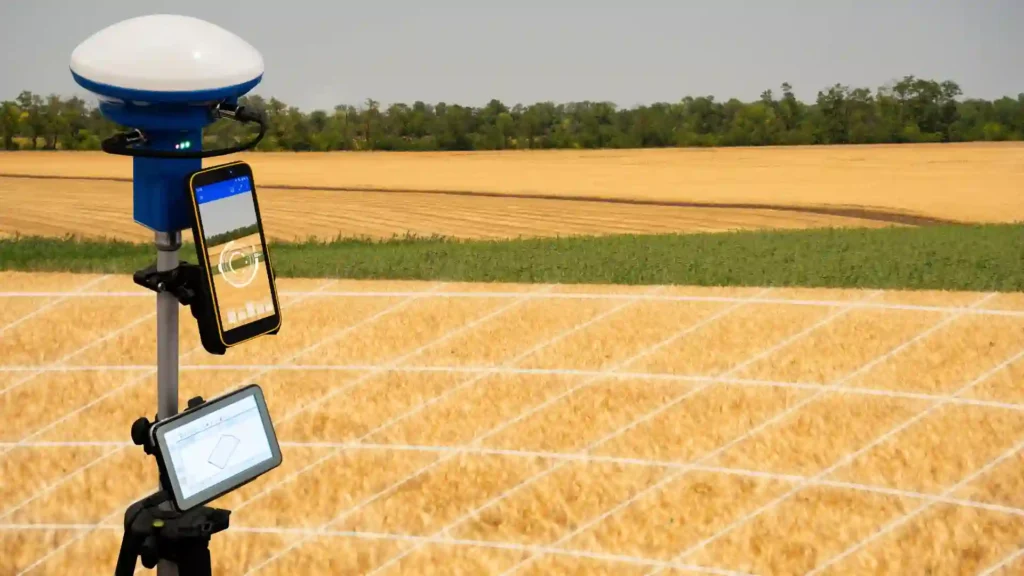
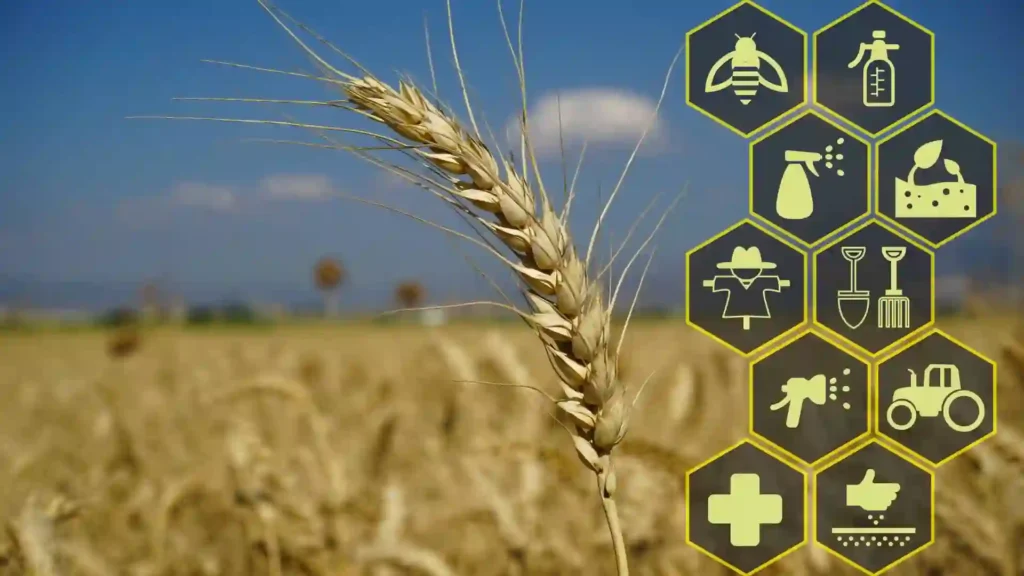
Precision Agriculture and Efficient Resource Use
AI in precision farming improves how farmers use resources. It helps them be more accurate and efficient.
- Real-Time Monitoring: AI and sensors let farmers monitor soil, nutrients, and weather in real-time. This helps them make better decisions and keep crops healthy.
- Targeted Resource Application: Smart agriculture allows exact use of water, fertilizers, and other inputs. This reduces fertilizer use by 20% and water by 25%. It cuts waste and makes the best use of resources.
- Automated Quality Checks: AI also helps after harvest by checking grain quality. This ensures consistent evaluations and reduces reliance on manual checks.
- Machine vision software, such as EasyODM’s grain sample analysis, gives quick, accurate results. This makes post-harvest work smoother and ensures high quality.
AI systems in agricultural technology can adjust to changes in real-time. For example, if a field has a dry spot, AI can change the irrigation schedule automatically. This keeps crops well cared for.
Reducing Environmental Footprint with precision agriculture
AI in precision agriculture reduces environmental harm. It helps farmers optimize the of use water, fertilizers, and pesticides. This cuts runoff and soil damage, making farming more sustainable.
The impact for the environment is apparent. AI-driven precision agriculture reduces chemical use by up to 15%. Which, in turn, lowers the environmental footprint.
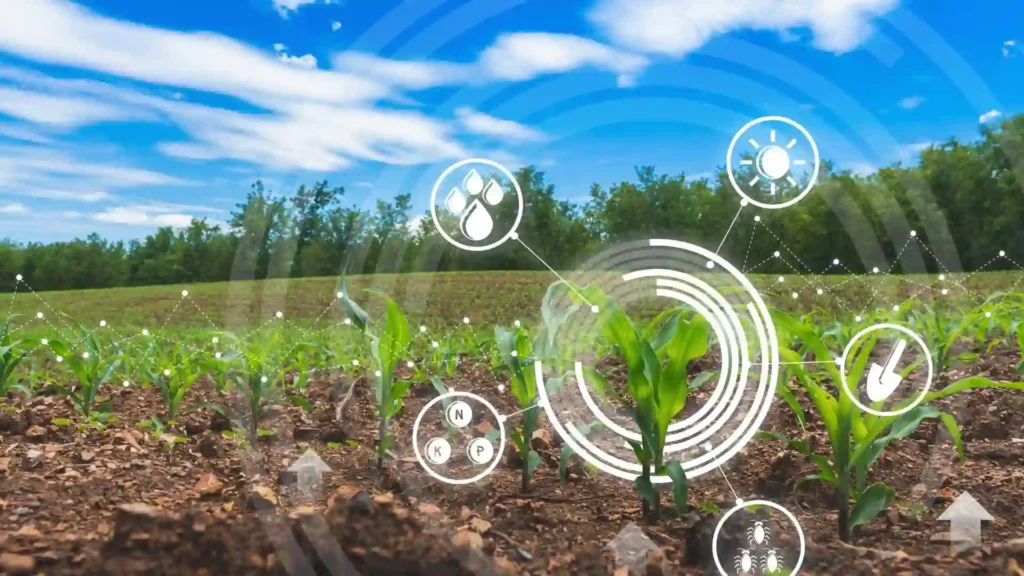
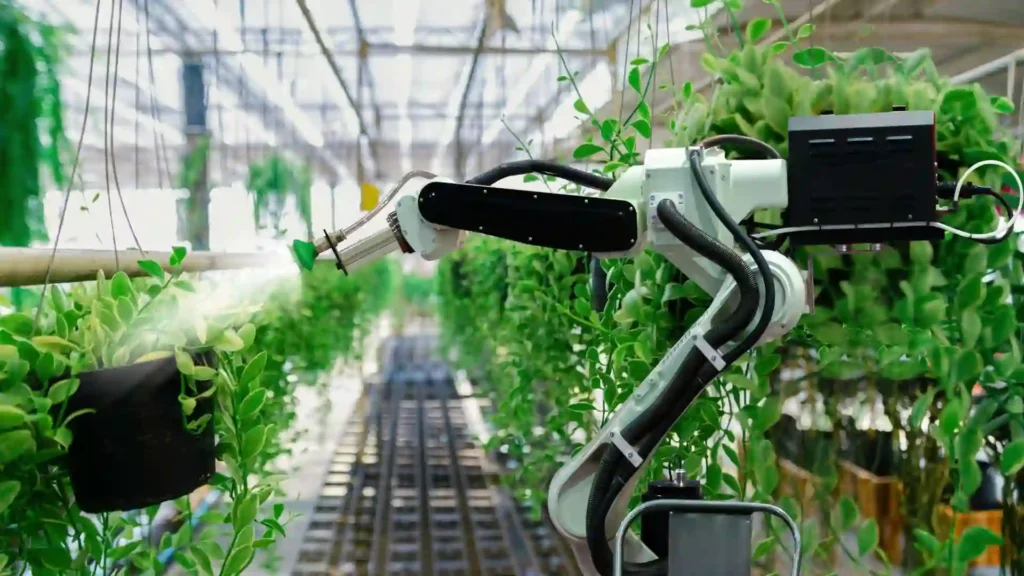
Optimizing Agricultural Data Management
Data management is important in modern farming. AI helps make this process better. It collects data from drones, satellites, and IoT devices. This gives farmers a full view of their work.
- Comprehensive Data Collection: AI gathers data from many sources. This offers a full picture of farming operations.
- Real-Time Analytics: AI processes data quickly. It gives insights that let farmers adjust their practices right away. Among other things, this can improve irrigation and stop water waste.
- Decision Support Systems (DSS): AI-powered DSS helps farmers make smart choices. It offers advice based on data analysis. This boosts crop yields, cuts input costs, and improves overall farm management.
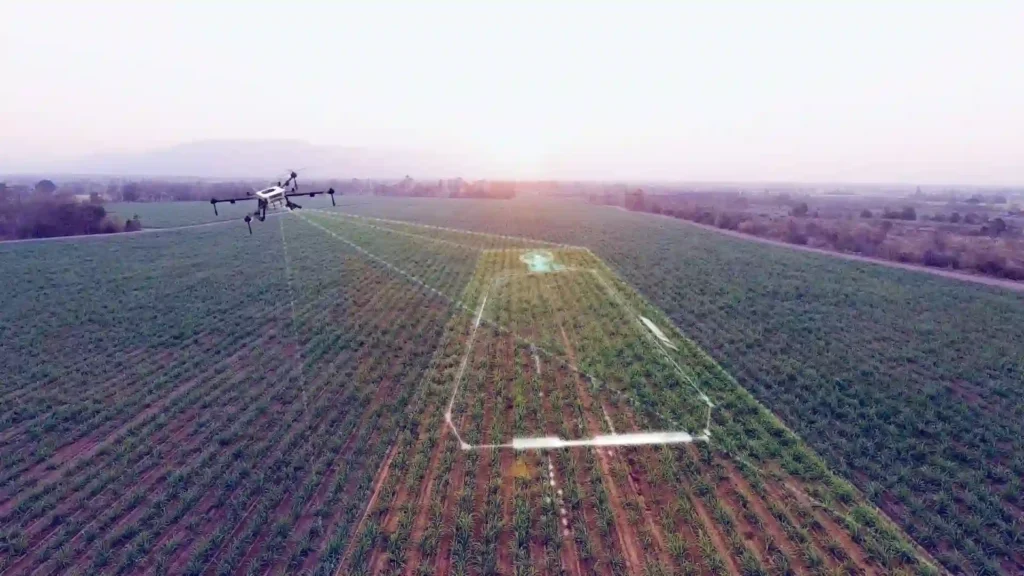
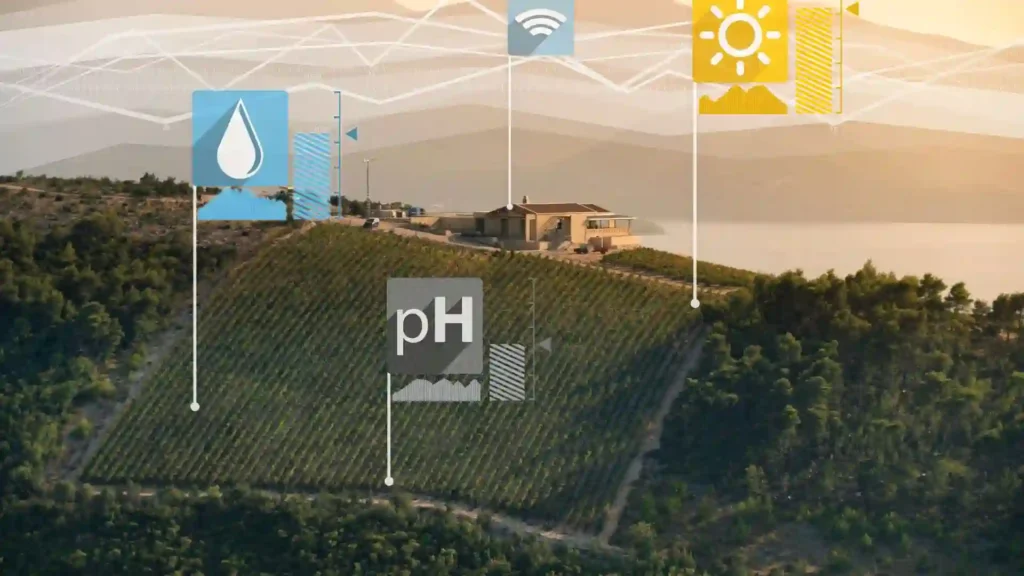
Enhancing Sustainability in Post-Harvest Processes
AI doesn’t just help in the field. It also makes post-harvest work more sustainable. AI-driven grain analysis is more sustainable for the environment compared to traditional methods. It reduces waste and uses resources more effectively.
Energy Efficiency
AI in agriculture saves energy after harvest by finding the best methods and timing for tasks like drying and sorting. This reduces the environmental impact.
AI automates quality control. It reduces the amount of produce thrown out due to quality problems. This means more of the harvest is usable, cutting waste.
The Future of AI in Agriculture
AI’s future in agriculture looks bright. New tools could change the industry even more.
- AI-Driven Robotics: AI-powered robots could do tasks like selective harvesting, pruning, and weeding. This could lower labor costs and boost efficiency.
- Enhanced Predictive Analytics: Future AI systems are expected to offer even better analytical predictions. Farmers will be able to manage risks more effectively.
- Sustainable Farming Practices: As AI improves, it will play a bigger role in sustainable farming. AI will help farmers cut their environmental footprint by using resources more wisely and reducing waste.
AI will also work better with IoT’s. This will allow seamless data sharing across all stages of agricultural production. Which, in turn, will make supply chains even more efficient.
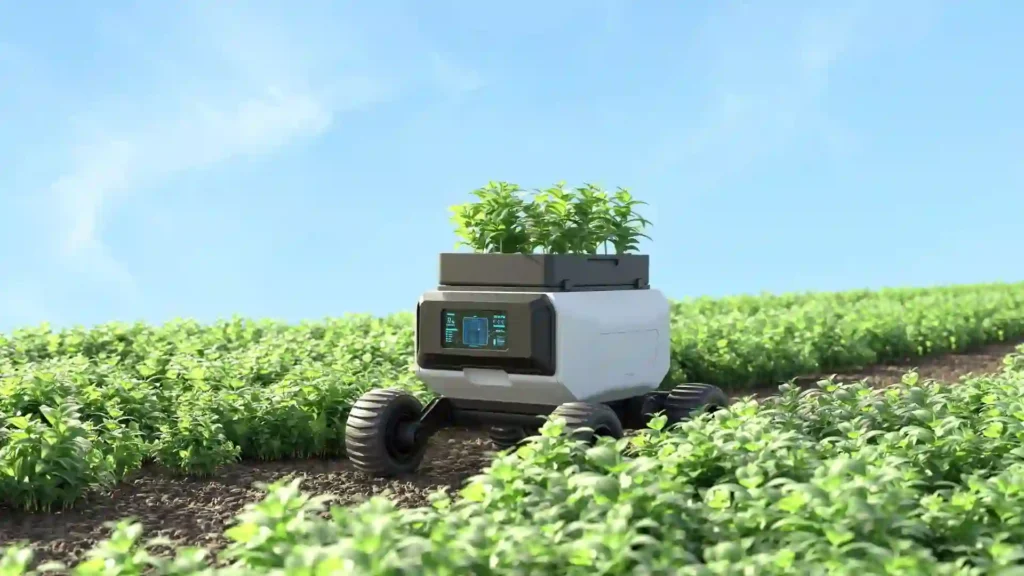

Optimizing Agricultural Operations with EasyODM
EasyODM offers top solutions for farmers, grain producers, and processing companies. EasyODM’s AI-powered grain sample analysis gives accurate insights to improve crop management and yields.
By quickly analyzing samples, EasyODM ensures only the best produce is processed and sold. This reduces waste and increases profits.
Customized Solutions
EasyODM tailors its solutions to meet the specific needs of different agricultural stakeholders, including farmers, grain producers, and processors.
Whether it’s improving post-harvest quality, cutting costs, or enhancing sustainability, EasyODM’s technology optimizes agricultural practices and drives success.
EasyODM’s tools streamline operations, reduce manual labor, and cut waste. Using AI-driven tools leads to greater efficiency and sustainability, ensuring long-term success.
Conclusion
AI in agriculture is completely transforming modern farming. It makes farming more efficient, productive, and sustainable.
By using AI, farmers, grain producers, and processors can boost yields, cut costs, and reduce their environmental impact. EasyODM supports this change with innovative solutions that improve farming practices and drive success in a rapidly evolving industry.

